SIAMURBC story
The history of the fire brigade and emergency medical services of the Brussels-Capital Region (SIAMURBC).
- 1830-1913DIVERSITY OF MUNICIPAL BODIES
The new Belgium entrusted the municipalities with the responsibility of fire fighting. Firefighters are not all in the same boat. Equipment varies according to budget and status: professional, volunteer, mixed, dependant on law enforcement, etc.
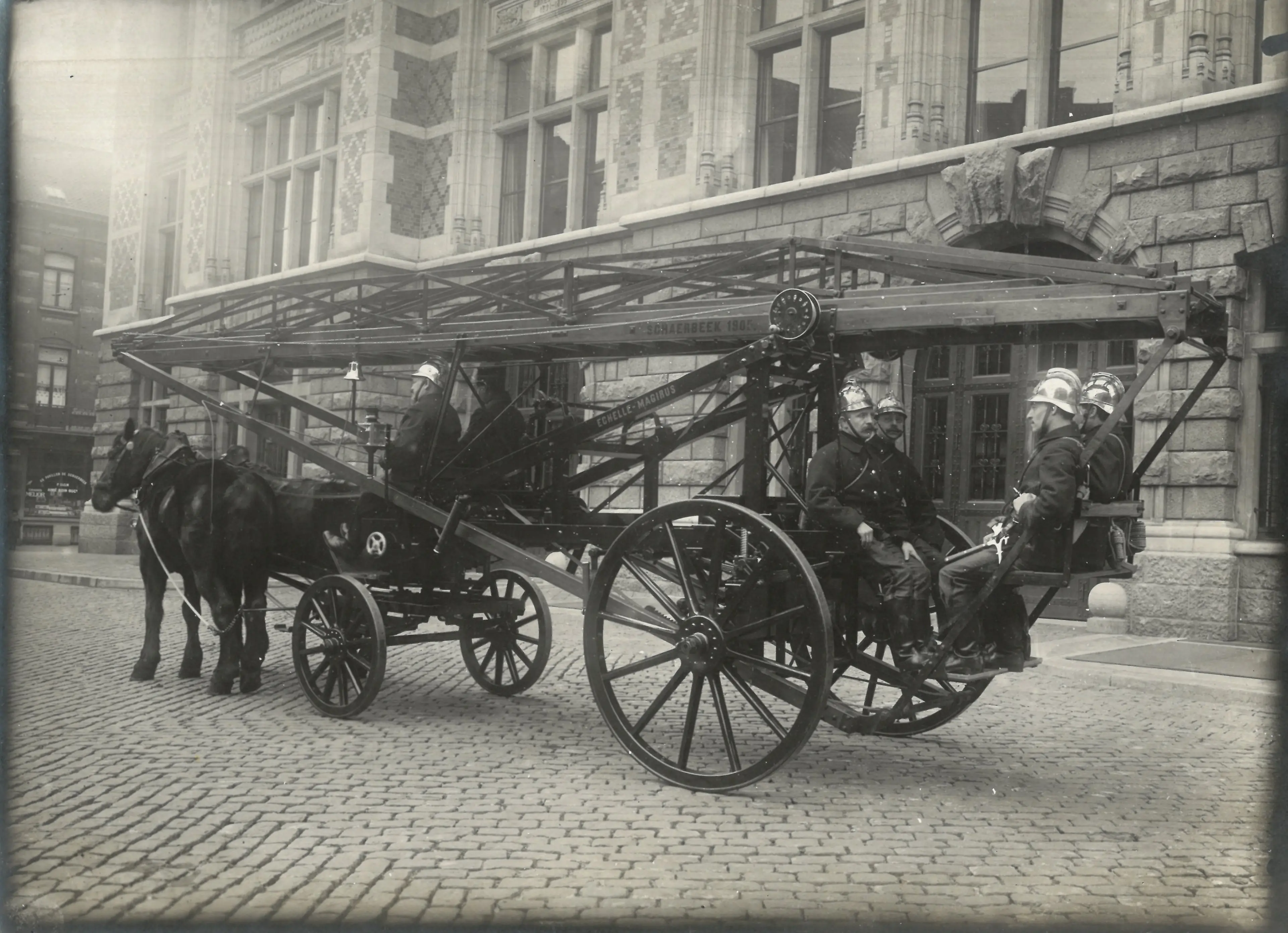
- 1914-1930REDUCTION IN THE NUMBER OF BODIES
After the First World War, some Brussels municipalities disbanded their fire services for financial reasons. They signed agreements with neighbouring municipalities to provide rescue services. Other municipalities merged as the port expanded and the canal widened. We bring together entities from the municipalities of Brussels, Laeken, Haren and Neder-Over-Heembeek.
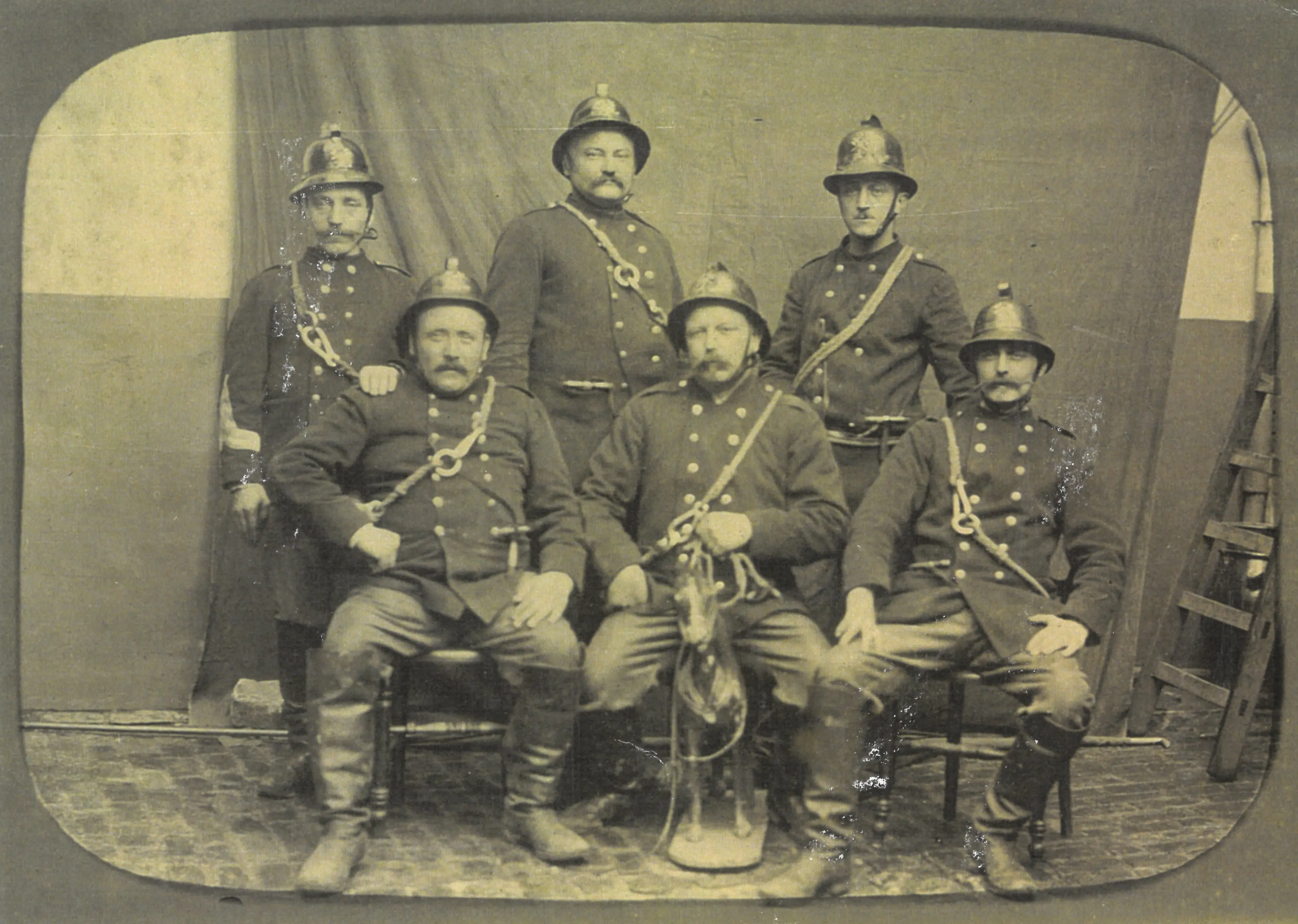
- 1931-1945FIRST REGIONAL ORGANISATION
Fearing a second global conflict, the Belgian Government added a regional level to the organisation of war relief: the "Groupes Régionaux de Défense contre l'Incendie" (GRDI - Regional Fire Defence Groups). During the war, Brussels' nine municipal bodies were grouped together in a single GRDI. The firefighters supervised the volunteers of the "Défense Aérienne Passive" (Passive Air Defence) (forerunner of the Civil Protection) which carried out numerous rescue missions during the bombings. The GRDI was disbanded after the war.
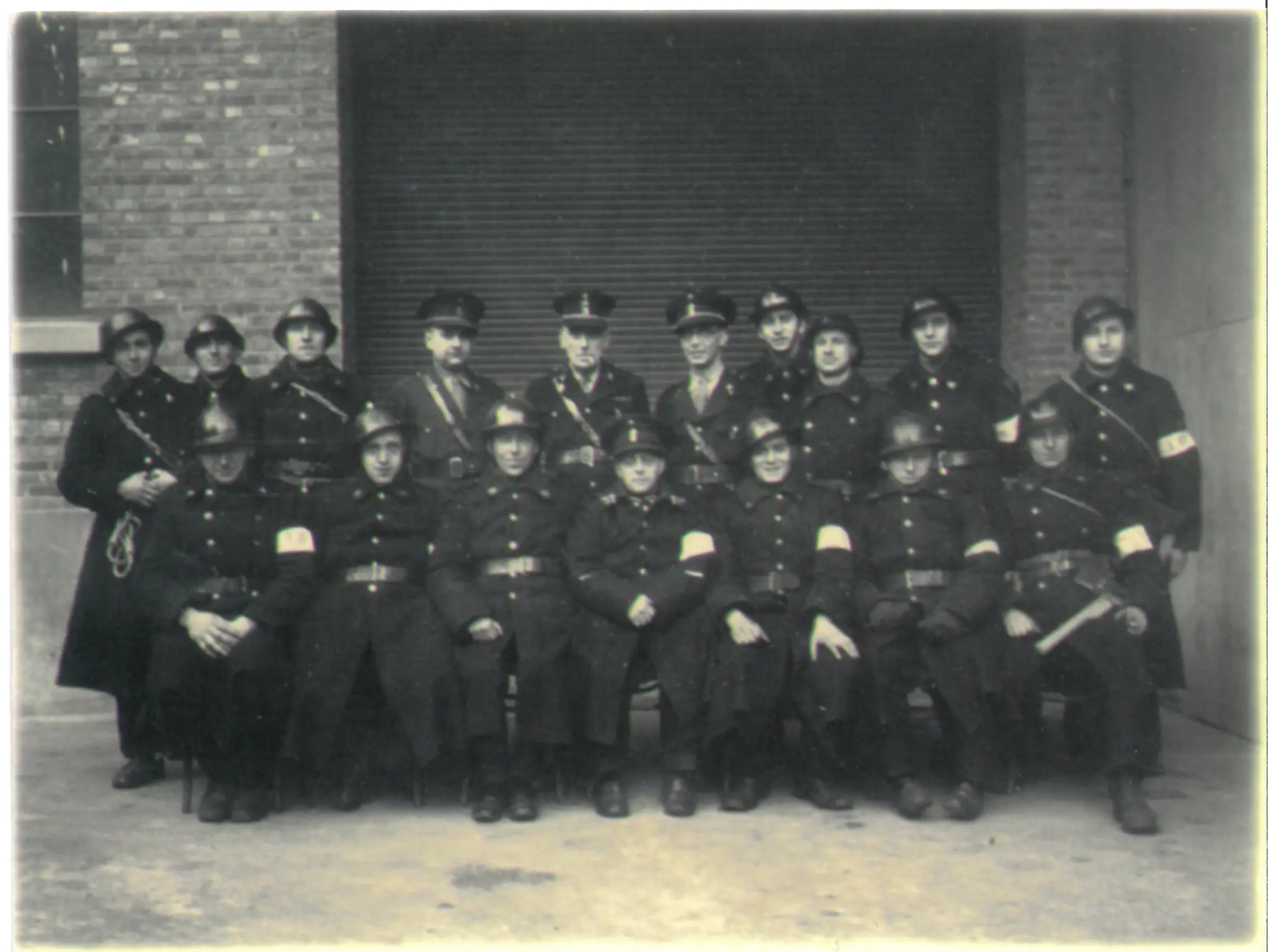
- 1946-1972PROBLEMATIC HETEROGENEITY
After the war, only five municipal authorities remained: Brussels, Anderlecht, Molenbeek, Schaerbeek and Ixelles. They covered the 19 Brussels municipalities and a few municipalities on the outskirts. The willingness to collaborate was there, but the equipment and vehicles remained heterogeneous. On 22 May 1967, the Innovation Fire killed 251 people and tragically demonstrated the problem. The Belgian State then provided the legal tools to enable municipal bodies to merge.
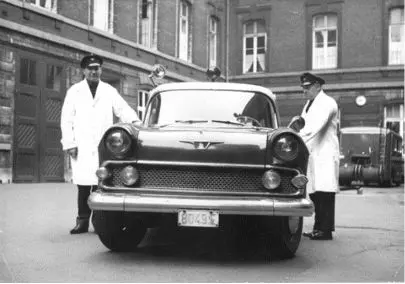
- 1973-1989BRUSSELS AGGLOMERATION
In 1973, a new supra-municipal administrative entity was created: the Brussels Agglomeration. It was given responsibility for fire-fighting and first-aid extinguishing. The five municipal bodies were merged, resulting in a wide-ranging reorganisation on several levels: administrative, operational, logistical and technical.
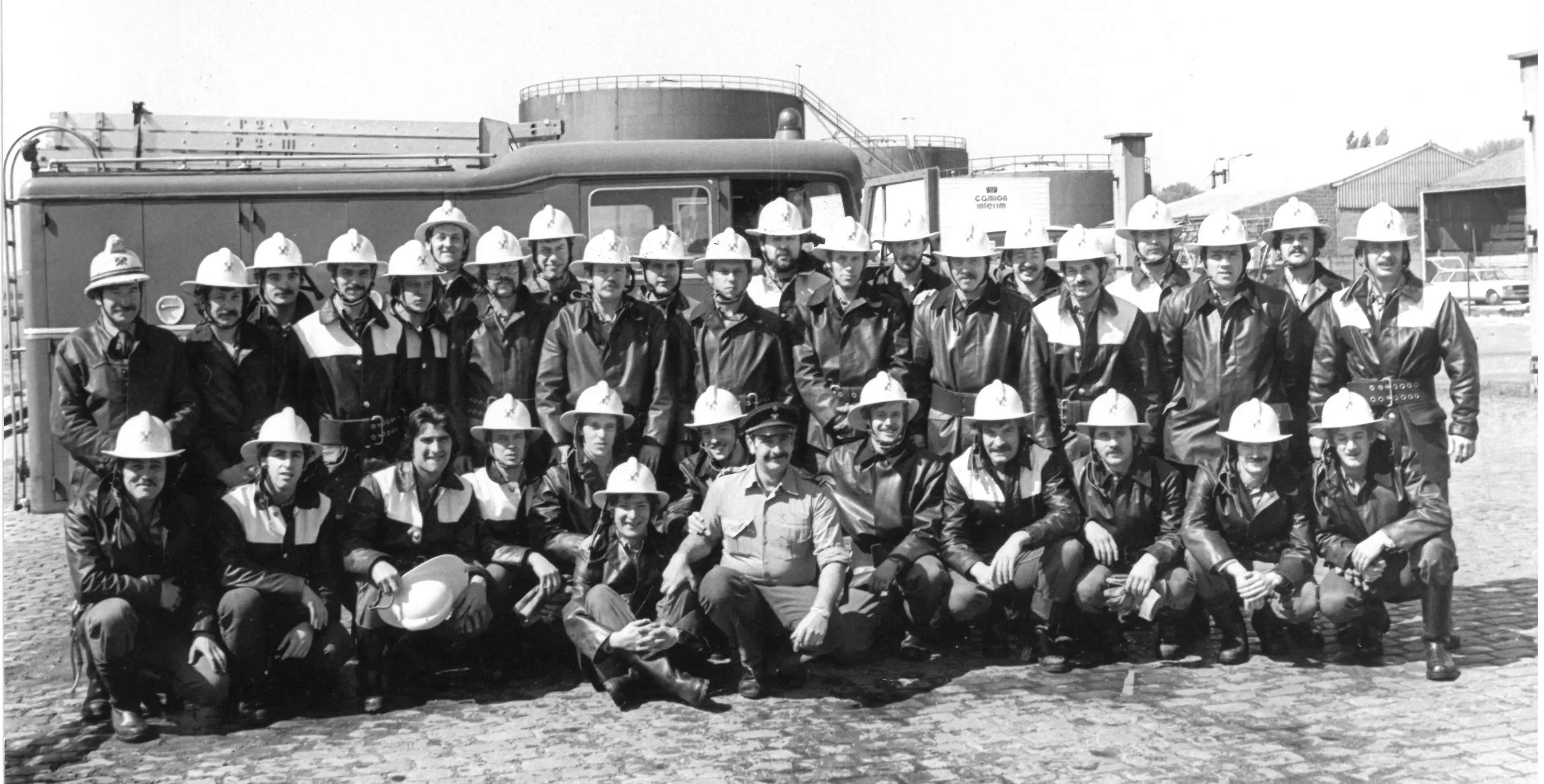
- 1990-2003BRUSSELS-CAPITAL REGION
New regional institutions were created as part of the third State reform. The fire brigade was transferred from the Agglomeration to the Region, becoming a public interest organisation under the supervision of the regional government. It was renamed "Service d'Incendie et d'Aide Médicale Urgente de la Région de Bruxelles-Capitale" (Fire and Emergency Medical Service of the Brussels Capital Region). The name changed, but the service remained the same in practice.
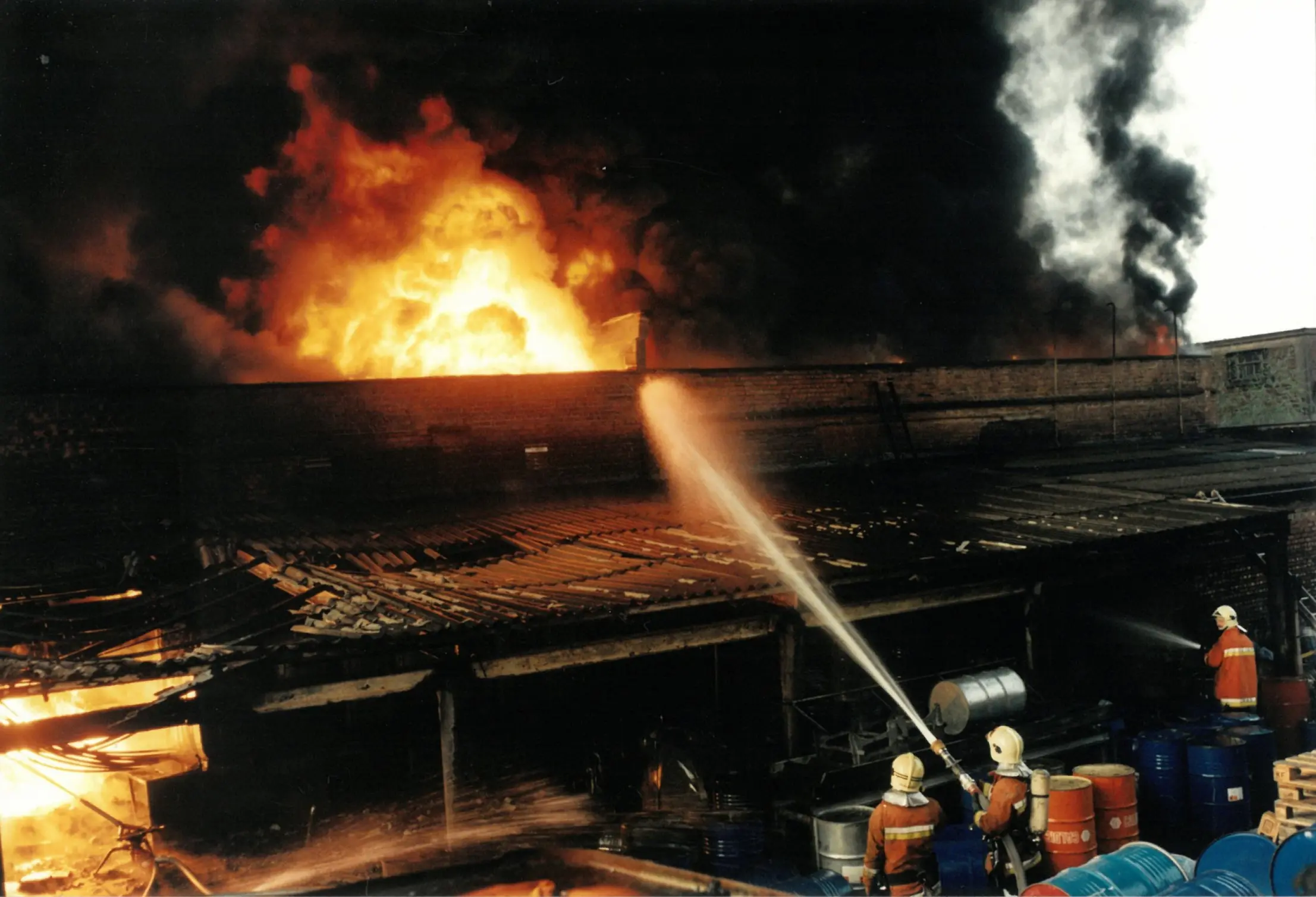
- 2004-2014CIVIL SECURITY REFORM
On 30 July 2004, a gas pipeline exploded in Ghislenghien, Hainaut. Civil protection was reformed in the wake of the disaster; one of the aims was to standardise working methods and better coordinate operations. Belgium's fire services were grouped into 34 zones. As it was already operating as a zone, the Brussels fire brigade underwent few changes and became part of the system in 2014. However, the scope of its missions was broadened, with a more proactive approach to risk anticipation and prevention.
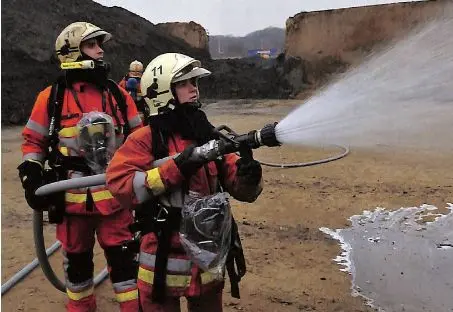
- 2015-2020NEW CHALLENGES
The sixth State reform gave the Brussels Region greater autonomy, particularly in the areas of prevention and security. In March 2016, attacks plunged Belgium into mourning, underlining the importance of greater coordination between security stakeholders. In 2017, the federal government decided to close four of the six Civil Protection stations in Belgium, limiting the possibility of reinforcements in the event of a disaster. The Brussels Fire Service therefore had to prepare for new risks, notably CBRN-e (chemical, biological, radiological, nuclear and explosive).

- 2021 - presentDIGITISATION, SUSTAINABILITY AND SOCIAL ANCHORING
The Brussels Fire Brigade is a key player in the Region. Beyond providing rapid and efficient emergency response, the organisation invests in structural improvements that address today’s and tomorrow’s challenges.
Digitalisation is an important driver. Through the be.brussels platform, citizens and professionals can access all information and procedures online: permits, prevention standards, contact forms, and more.
Sustainability is another priority. New fire stations are built to the highest standards of energy efficiency and environmental responsibility. This ensures modern working and living conditions for our staff, while reducing our ecological footprint.
There is also strong community engagement. The Brussels Fire Brigade is not only there for interventions but also to actively inform and support the public. Through awareness-raising actions, advice and educational materials, we work with schools, associations and partners to build a culture of safety and risk awareness.
In this way, the Brussels Fire Brigade remains not just a reliable emergency service, but also an innovative organisation that contributes to a safer, more sustainable and more resilient Brussels-Capital Region.